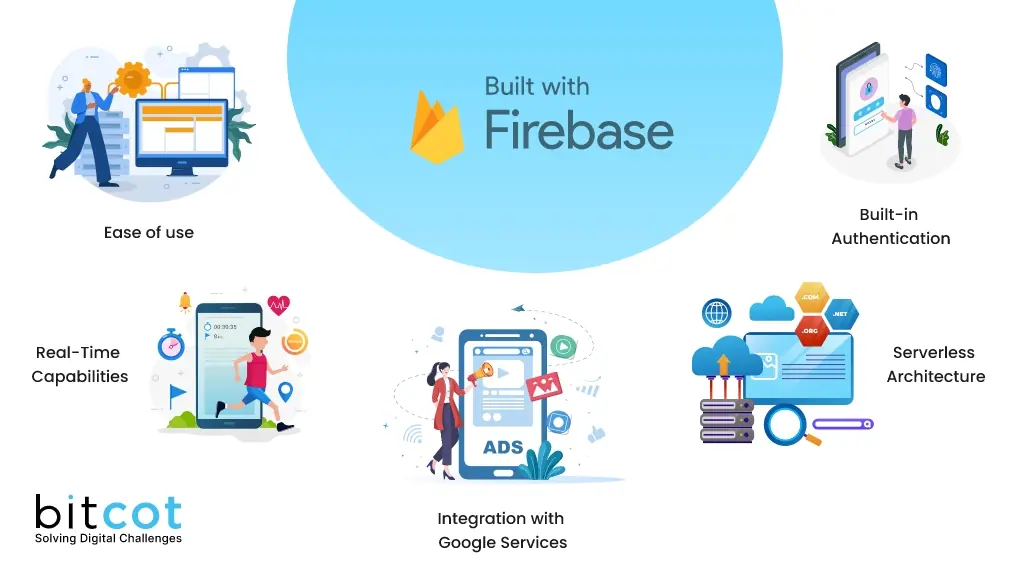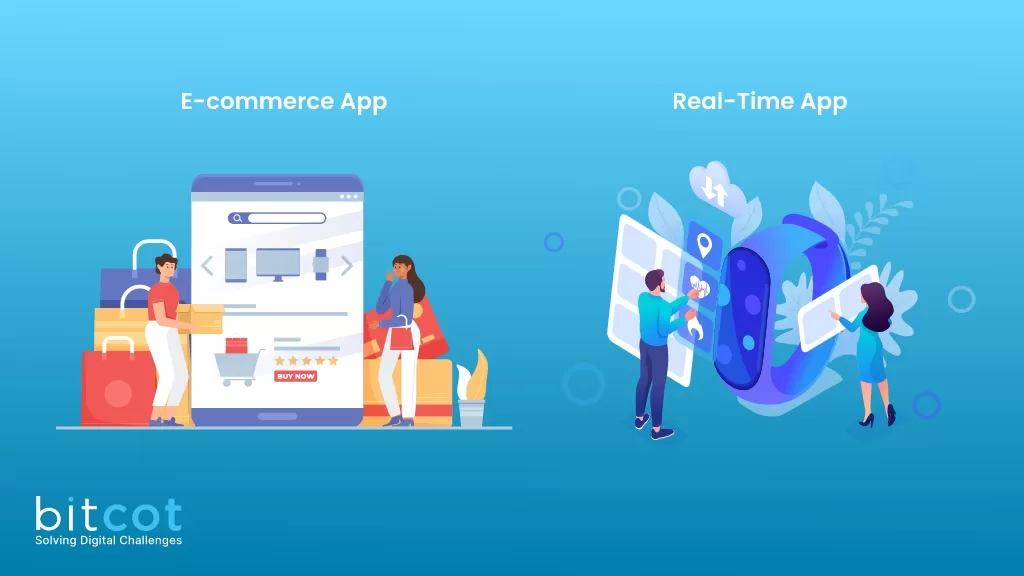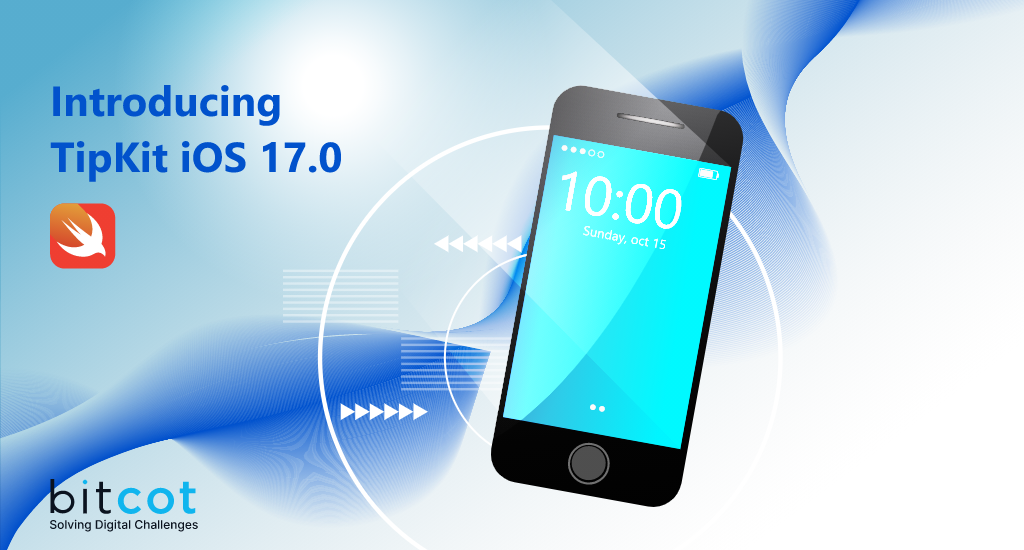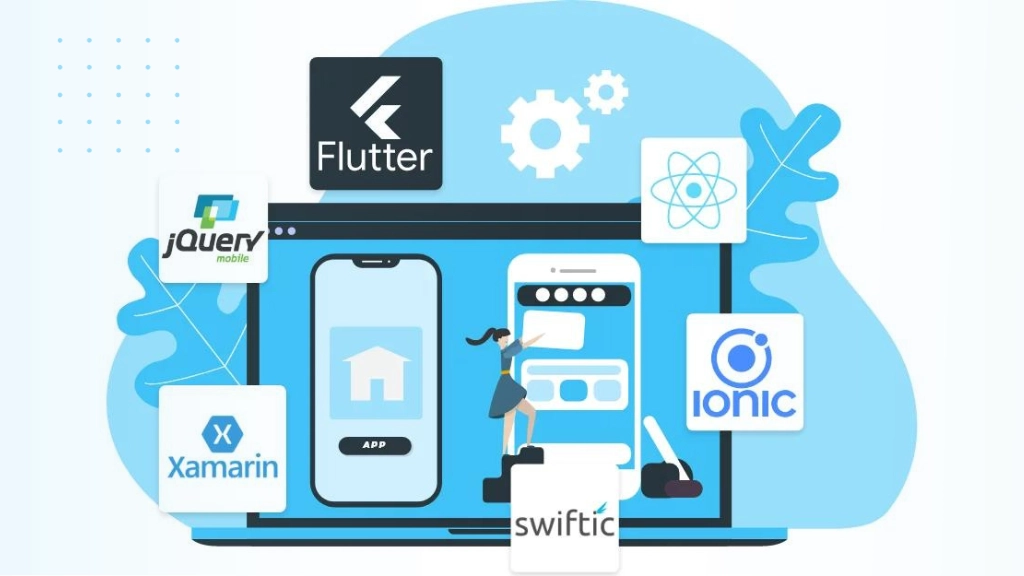
In the world of app development, choosing the right backend technology can significantly impact your project’s success. In this article, we’re exploring Firebase, Google’s Backend-as-a-Service (BaaS), and how it compares to traditional server-side technologies. This article will help both developers and businesses understand when Firebase might be a better choice for their projects.
Understanding Firebase and Server-side Technologies
Firebase is a comprehensive suite of development tools provided by Google. It offers a wide range of services, including a real-time database, user authentication, cloud storage, hosting, and much more. Firebase is designed to be easy to use and handles much of the backend infrastructure, allowing developers to focus on building the front end.
On the other hand, server-side technologies like Node.js, Ruby on Rails (RoR), or PHP, allow you to build custom backends. With these technologies, you have full control over your backend, including the choice of database, the implementation of server logic, and more.
Comparison of Firebase with Server-side Technologies

When comparing Firebase with traditional server-side technologies, it’s essential to understand the unique features and benefits Firebase brings to the table:
– Ease of Use: Firebase is incredibly user-friendly. With a clean and intuitive interface, developers can quickly set up and manage their app’s backend. Firebase provides a suite of tools that are easy to integrate, reducing the time and effort it typically takes to launch an app. This aspect makes Firebase particularly appealing for developers who want to focus on creating an excellent user interface and experience.
– Real-Time Capabilities: Firebase’s real-time database is one of its standout features. It allows data to be synced across all clients in real time. This is a powerful feature for apps requiring instant updates, such as chat applications, live scoring for sports apps, or any other app where multiple users interact with the same data simultaneously.
– Integration with Google Services: Firebase offers seamless integration with various Google services like Google Analytics, Google Ads, and Google Cloud. This allows developers to leverage a range of powerful tools for app marketing, analytics, and advanced cloud operations. Such integration also simplifies the task of managing services from a single platform.
– Serverless Architecture: Firebase’s Cloud Functions implement a serverless architecture. With this, developers can write individual functions that respond to events triggered by Firebase features and HTTPS requests. This means you don’t have to manage and scale your own servers, reducing the complexity of backend operations.
– Built-in Authentication: Firebase Authentication offers a ready-made UI and SDK to authenticate users with a variety of sign-in methods. This simplifies a typically complex process, providing an out-of-the-box solution that is both secure and easy to implement.
Compared to Firebase, traditional server-side technologies can seem more complex. They often require more setup time and deeper knowledge of server management, networking, and database administration. While these technologies offer more control and flexibility, they also come with increased responsibility for maintaining the backend. This can divert focus from the frontend, potentially slowing down the overall development process.
It’s also worth noting that Firebase, like any technology, has areas to consider. For example, complex queries and custom server logic might be more challenging to implement with Firebase than with traditional server-side technologies. However, for many apps, these considerations won’t significantly impact the development process.
Firebase provides a host of features that can simplify and accelerate the development process. Its real-time capabilities, serverless architecture, and built-in authentication, coupled with ease of use and integration with Google services, make Firebase a compelling choice over traditional server-side technologies for many projects.
When to Use Firebase Over Server-Side Technologies
Firebase is particularly well-suited for:
– Prototyping and MVPs: When you need to quickly build a prototype or a minimum viable product (MVP), Firebase’s out-of-the-box functionality allows you to develop and launch an app rapidly.
– Real-time Applications: If your application requires real-time features, Firebase’s real-time database can instantly update the user interface when data changes.
– Small to Medium-Sized Projects: For smaller or medium-sized projects without complex backend needs, Firebase can provide all necessary services without the need for extensive backend development.
– Projects with Limited Backend Expertise: If your team primarily focuses on frontend development, Firebase can handle many of the backend complexities for you.
– Mobile-First Applications: Firebase offers numerous services beneficial for mobile app development, such as push notifications, analytics, A/B testing, and app distribution tools.
Case Studies of Successful Firebase Implementations

Case Study 1: E-commerce App:
Our company, Bitcot used Firebase’s capabilities in an e-commerce app project. The app required several integral features, such as user authentication, order management, email services, various functionalities, SMS sending, and push notifications.
Firebase Authentication: App used Firebase Authentication to manage user identity. This feature helped implement secure login systems using various sign-in methods, simplifying user onboarding and improving user experience.
Firestore(NoSQL DB): App leveraged Firestore for managing orders. Firestore’s real-time capabilities allowed for instant updates and synchronization across the app, making order management seamless and efficient.
Firebase Extensions: We used Firebase Extensions for sending out emails and SMS. These extensions helped automate communication workflows and increase user engagement.
Firebase Cloud Functions: App used Firebase Cloud Functions to manage various functionalities of the app. This serverless architecture allowed our team to build and run backend code without managing servers, saving time and resources.
Firebase Cloud Messaging (FCM): The app used FCM to send notifications to mobile devices. This feature enabled the App to keep users engaged and updated with real-time notifications.
Overall, Firebase’s suite of tools provided our company with a robust and scalable backend solution that helped create a smooth and engaging user experience.
Case Study 2: Real-Time Application:
Our company also successfully implemented Firebase in another project that required real-time data synchronization. The main challenge in this project was to ensure that all users could see and interact with the same data simultaneously and in real-time.
Firestore: The team used Firestore for its real-time capabilities. Firestore allowed the app to instantly reflect changes to the data across all clients, ensuring all users were always looking at the most up-to-date information.
Firebase Authentication: used Firebase Authentication to handle user identity, providing a secure and easy-to-implement login system.
Firebase Cloud Functions: Cloud Functions to write and execute backend code in response to Firestore triggers. This enabled complex server-side operations without the need for server management.
The project was a success, with the real-time capabilities of Firestore proving to be key to its functionality. Firebase’s suite of tools allowed developers to focus on building an engaging frontend experience, knowing that the backend was secure, scalable, and efficient.
Making the Right Decision for Your Project

Choosing between Firebase and traditional server-side technologies requires considering factors such as the project’s size, complexity, budget, and timeline, as well as the team’s skills and resources. Firebase might be an excellent choice for a rapid prototype, a mobile app, or a project with real-time features. However, for large-scale applications with complex backend needs, a custom backend might be more suitable.
Conclusion
Firebase offers a range of powerful tools that can simplify backend development, making it a great choice for certain projects. However, it’s not one-size-fits-all, and there are cases where traditional server-side technologies may be more appropriate. By understanding the strengths and weaknesses of each, developers and businesses can make informed decisions that best suit their project needs.
Remember, the best technology is the one that aligns best with your project requirements and team expertise. Happy coding!









